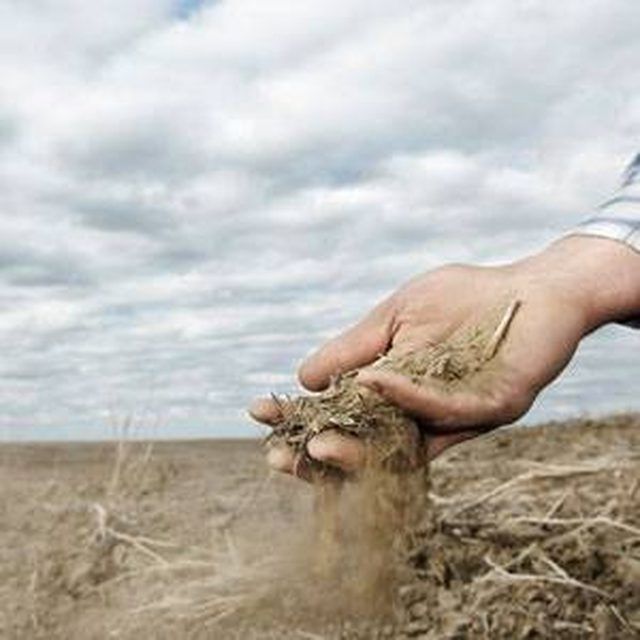Bulbs
Flower Basics
Flower Beds & Specialty Gardens
Flower Garden
Garden Furniture
Garden Gnomes
Garden Seeds
Garden Sheds
Garden Statues
Garden Tools & Supplies
Gardening Basics
Green & Organic
Groundcovers & Vines
Growing Annuals
Growing Basil
Growing Beans
Growing Berries
Growing Blueberries
Growing Cactus
Growing Corn
Growing Cotton
Growing Edibles
Growing Flowers
Growing Garlic
Growing Grapes
Growing Grass
Growing Herbs
Growing Jasmine
Growing Mint
Growing Mushrooms
Orchids
Growing Peanuts
Growing Perennials
Growing Plants
Growing Rosemary
Growing Roses
Growing Strawberries
Growing Sunflowers
Growing Thyme
Growing Tomatoes
Growing Tulips
Growing Vegetables
Herb Basics
Herb Garden
Indoor Growing
Landscaping Basics
Landscaping Patios
Landscaping Plants
Landscaping Shrubs
Landscaping Trees
Landscaping Walks & Pathways
Lawn Basics
Lawn Maintenance
Lawn Mowers
Lawn Ornaments
Lawn Planting
Lawn Tools
Outdoor Growing
Overall Landscape Planning
Pests, Weeds & Problems
Plant Basics
Rock Garden
Rose Garden
Shrubs
Soil
Specialty Gardens
Trees
Vegetable Garden
Yard Maintenance
How to Plant a Vegetable Garden in Sandy Soil
How to Plant a Vegetable Garden in Sandy Soil. You can have a thriving vegetable garden in sandy soil if you understand the needs of your garden plants. It might take a little extra work, but you will be rewarded with a healthy crop of vegetables. If you live in New Jersey, keep in mind that it is called the garden state and most of its soil is...

You can have a thriving vegetable garden in sandy soil if you understand the needs of your garden plants. It might take a little extra work, but you will be rewarded with a healthy crop of vegetables. If you live in New Jersey, keep in mind that it is called the garden state and most of its soil is more sand than dirt.
Things You'll Need
Leaf humus
Mulch
Compost
Organic fertilizer
Pitchfork
Hoe
Enclose the area you want to use for a garden. Since sand is the opposite of rich soil in that it is just crushed stone with varying small amounts of dead plant matter, you will need to increase the amount of dead plant matter. Providing a barrier on all sides will contain the materials you want to add to the soil without them just blowing away in the wind and rain. You can use wood, stone, rock or even plastic timber to provide a barrier.
Add a healthy base of composted leaf humus, which is just leaves that have been allowed to decompose for six to eight months. Throw in some regular compost and stir it up with a pitchfork and a hoe. This base should be a minimum of 10 inches for the vegetables to have enough soil for a root base.
Add fertilizer like horse or cow manure if you have enough time for it, to blend in with the soil. Otherwise you may end up burning your vegetable's roots. Work the garden mix with a rototiller or a pitchfork.
Plant your vegetables as normal. Since you know that your garden is sitting on top of sand and that any plant matter that has been added will continue to break down into dirt, you will need to constantly be adding new composted mulch to your garden to hold the water for the plants' roots.
Water the garden using soaker hoses attached to rain barrels or regular water hoses. The sandy garden will tend to dry out faster than normal unless you are able to build up a nice pile of humus that can hold the moisture during dry hot spells.
Tips & Warnings
Grow a cover crop like alfalfa over the winter to add nutrients to your garden.
Peat moss is another additive that helps hold water in garden soils.